There is no greater teacher than experience. We can talk all day about what ifs but when it comes right down to it, nothing replaces the knowledge that you gain from actually going through a disaster or an emergency.
The following five stories are real life survival stories that we should all take heed to because these people have something that many of us don’t – they’ve been there and lived to tell about it.
Surviving a Colorado Snow Storm
When 56 year old Boyd Severson set out on his hike, he made a few seemingly harmless decisions that could have cost him his life. First, he decided to set out on alone; hiking partners were impossible to find that day and the day was glorious. He figured it was only a day hike and he’d keep in touch with a friend via his blackberry. Second, he failed to check the forecast. Had he done so, he would have seen the white-out due to blow in that evening.
Still, all would likely have been well had Boyd trusted his instincts and turned back when his gut told him to. Instead, caught up in summit fever, he forged ahead up the mountain. He reached the summit by 1:30 in the afternoon. Though his visibility was decreasing, he could still see the cairns so he headed swiftly back down the mountain.
It wasn’t until Boyd reached an unfamiliar draw that he realized he’d zigged instead of zagged somewhere. He’d actually headed east instead of south and was way off course. The storm was blowing in so he decided to lay low in the timber of the tundra bowl between Mummy and Mt. Dunraven that he was in. The storm kept worsening so he decided to head back up the mountain to try to find his original path.
When darkness fell and snowflakes dropped his visibility to zero, Boyd decided to wedge himself between three crevices and hunker down for the night. He put on every extra layer that he’d packed, including a garbage bag for a vest. He had no cell signal and his water was frozen solid by 10pm. He stayed warm by flexing his muscles. Fear of frostbite was stronger than fear of death but finally daylight broke.
Boyd originally decided to wait where he was because he was sure his wife had initiated a search party but by 1:30pm, he was still waiting. He headed back up the mountain and ran into rescuers just before dark.
Lessons to be learned from Boyd’s experience? Always carry more clothes than you think you’ll need, listen to your gut, use your GPS and don’t hike alone. Stay below the timberline so that you have protection from the wind, always carry a fire starter and be aware of your surroundings.
7 Year Old Girl Hikes to Safety after Plane Crash
Most 7 year old girls are playing Barbie and jumping rope. Though Sailor Gutzler may have enjoyed those activities, she was also an active participant in outdoor activities with her father. He taught her survival skills and she called upon those when her family’s Piper twin-engine plane landed upside down in rural Kentucky. They’d been traveling home to Mount Vernon, Illinois in inclement weather from a Christmas vacation in Key West.
Sailor had broken bones and lacerations but when she couldn’t wake her father, mother, sister or cousin up after the crash, she pulled herself from the wreckage, lit a stick on the burning wing of the plane and trudged three-quarters of a mile through the cold darkness of the wooded Kentucky countryside.
She made it to the nearest house and knocked on the door, hoping to get help for her family. She told the woman who answered the door that she’d been in a plane crash and that her parents were dead.
Though the temperature was below 40 degrees, Sailor was wearing clothing meant for the warm Florida weather and only had on one sock. Still, she’s a survivor.
Lessons to be learned from Sailor’s experience? Teach your kids how to survive without you. Though her father had been flying since he was 16 and was a flight instructor with more than 4,000 logged hours, disaster still struck. He had made the same exact trip many times but still, the weather won. Fortunately, he’d taught his daughter what to do and she did it.
Hiker Swept Down the McKinley River
Tracy Ross was torqued about hiking cross-country in Denali National Park with friends. Their goal was to hike from Wonder Lake to the McKinley River bar, cross a mile-wide band of stream braids, then climb Mt Brooks. Unfortunately, Tracy made a decision that could have cost her her life.
The four-person group had made the decision to utilize the window of opportunity that they had to begin their trek even though the McKinley was running high and the weather was crummy. Like the rest of the team, Tracy’s pack was stuffed with crampons, a rope, an ice ax and a pair of plastic boots in addition to all of her other gear. The 60-pound pack was heavy on Tracy’s 125-pound frame but it was gear that she needed.
When it came time to cross the McKinley, they lined up like a conga line with Tracy at the rear. Safety protocol is to unbuckle your pack from your body when crossing water but Tracy didn’t feel like she could balance the weight and left her pack buckled. The rest of the team followed protocol and unbuckled.
They made it to the main channel, where the water was chest deep. The person in front of Tracy stumbled, jerking her forward. She lost her balance and was swept downstream, her secured pack acting as an anchor. She struggled with the straps and managed to unbuckle the hip belt but couldn’t get the sternum buckle undone. The water was about 40 degrees and she was being swept toward a deep bend.
Tracy was in a quandary because she needed her arms to keep her head above water but needed to free herself of her pack. Finally, she managed to do so and popped out of the water like a cork. It was a close call that nearly ended in disaster.
Lessons to be learned from Tracy? Safety protocols exist for a reason – follow them! If you can’t safely shoulder your load, redistribute temporarily with stronger members. If water is running high and swift, wait it out or head upstream to find a better place to cross.
Never cross near bends and test the depth of the water. A “ker-plop” when you toss in a rock means deep water – keep going. Use the tripod method to cross instead of the congo line – face inward and lock arms. Finally, don’t be afraid to speak up if you’re not comfortable with a decision. The life your silence costs may be your own!
Indiana Man Survives Tsunami
Zack Branham, an Indiana teacher who works in the coastal town of Kuji just north of Sendai was one of the lucky ones when the tsunami struck Japan. The catastrophic tsunami that struck just south of him missed his town by just a few clicks. His girlfriend, however, wasn’t so lucky. Zack didn’t know if she was alive or dead and had no way to contact her.
For that matter, Zack couldn’t reach his family, either. Communications were down so his parents sat and worried for 20 hours before he could get in touch with them. In the meantime, he had to find out if his girl had made it through. He couldn’t gain access to the city because it was locked down tight. Finally, he snuck in with a group of civil defense workers and found her. She was using linen to cover the dead.
Lesson to be learned from Zack’s experience? Communications will go down. You may have to get creative in finding ways to meet up with loved ones so outline a plan to regroup and communicate ahead of time.
Woman Crashes 60 Feet Down a Remote Ravine
Lifelong backpacker Amy Racina experienced one of a backpacker’s worst nightmares and lived to tell about it. She’s been an avid packer since she was 16 years old, often doing solo trips. She’s a die-hard; she even trims the edges off her maps to reduce weight! This time, though, the trip didn’t go as planned.
Amy was hiking in the Tehipite Valley, a remote area of Kings Canyon National Park in the Sierra Nevada, due east of Fresno, CA. She was on day 12 of 162-mile solo trip when she lost her trail. She started criss- crossing to find it when the ground gave way. She was flying through the air down into a 60-foot deep ravine and figured she was a goner for sure. That wasn’t fate’s plan, though.
By some miracle, she lived through it and her pack had landed beside her. Her legs were busted, with bone and flesh hanging from her left knee. Her left hip was broken in two places. She bandaged herself up as well as she could and started thinking about survival: first aid, food, water. She knew she couldn’t travel far but also knew that she was in a pretty remote area not often visited by people.
Amy began dragging herself slowly downstream toward where she believed that the nearest trail was, calling out periodically on the off chance that somebody would hear her. She did this for three days and nights. Against all odds, somebody DID hear her – a man with hearing loss, his wife and a friend.
The friend was a former marathon runner with a heart condition and ran 10 miles uphill to find help. He came across a group of firefighters on vacation, who leapt into action. One of them rode his horse another 10 miles back to his car, where he used his cell to call for help. Doctors surmised that had Amy been out there one more day, she would have died, or at the very least lost her left leg.
After months of surgeries and painful physical therapy, Amy beat the odds and was back hiking her beloved mountains less than a year later – solo! She says that even had she died, she would have considered it worth it. Since she didn’t, though, she now sees life a bit differently. She appreciates life and doesn’t let the small things bother her. Not one single bad day could be as bad as one of her days in that ravine!
Lessons to be learned from Amy? Always have your pack supplied with first aid, water and food, no matter where you’re going. Think twice about backpacking solo – though Amy loves it, it’s not the safest thing to do. Keep your cool and do what you need to do to survive. Without her willpower and clear head, she would have died out there.
These stories really bring home the fact that disaster can strike at any moment. None of these people thought that anything bad would happen; their days started off just like any other. However, because they were prepared, they survived. There are always lessons to be learned, though. Reduce risk as much as possible and always be ready for the worst. Follow safety protocols and be prepared to survive if your trip doesn’t go as planned!
Do you have a survival story to tell? We’d love to hear about it in the comments section below!
This article has been written by Theresa Crouse for Survivopedia.
Sources:
http://www.backpacker.com/survival/natural-hazards/weather/caught-in-a-colorado-snowstorm/
http://www.nbcnews.com/news/us-news/girl-7-who-walked-away-plane-crash-had-survival-skills-n279016
http://www.backpacker.com/gear/backpacks/headfirst-down-the-mckinley/
http://www.theindychannel.com/news/hoosier-teacher-safe-after-quake-tsunami
Photo source: Today.com video screenshot.


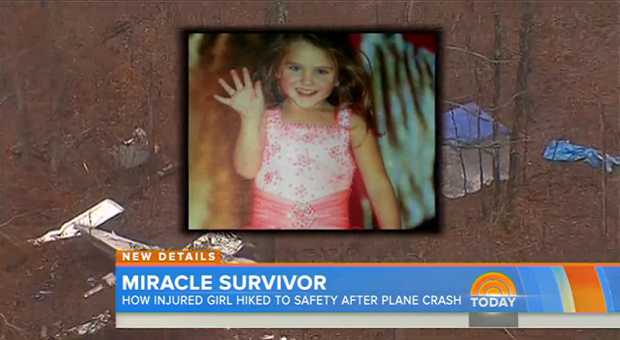
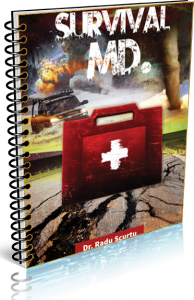
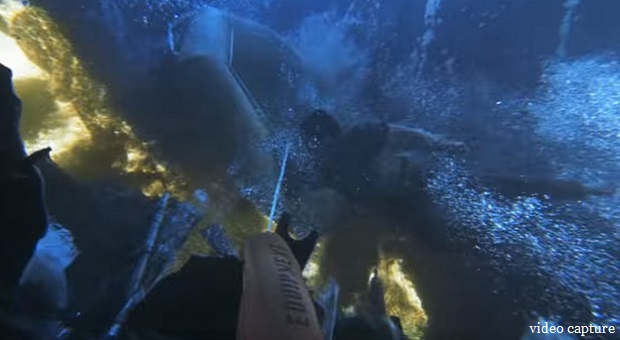
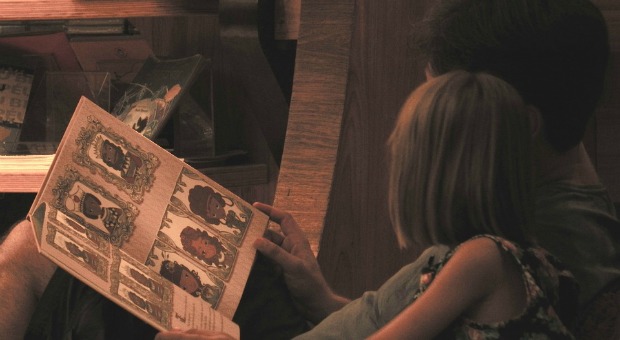
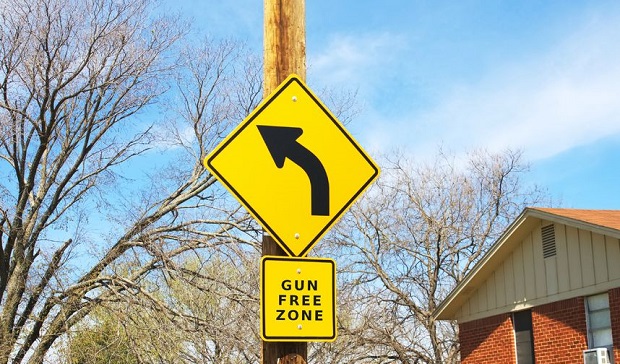
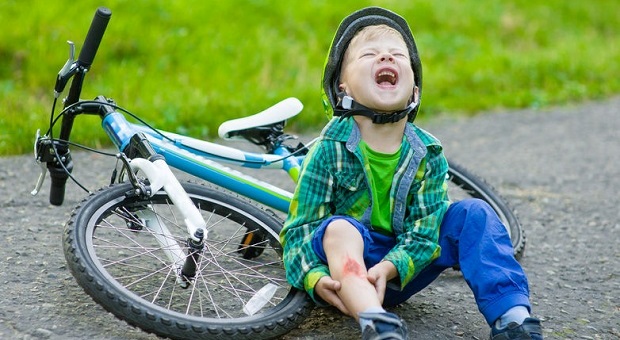

radarphos | March 25, 2015
|
Thanks for sharing these stories. The adventures are attractive! The hazards are real. Preparedness makes a world of difference.
Pingback:15 Tips For Surviving Journeys Through The Wild | Survival skills, survival guns, survival guide | August 4, 2015
|
Pingback:15 Tips For Surviving Journeys Through The Wilddisasterdefense.usdisasterdefense.us | disasterdefense.us | August 4, 2015
|
Pingback:15 Tips For Surviving Journeys Through The Wild | August 9, 2015
|
Pingback:How Easy Is To Die In The Wilderness? | Survival skills, survival guns, survival guide | September 28, 2015
|
Pingback:15 Tips For Surviving Journeys Through The Wild - Prepper Dome | May 29, 2016
|
Domenic Meinert | September 27, 2018
|
Perfect work you have done, this site is really cool with great info .